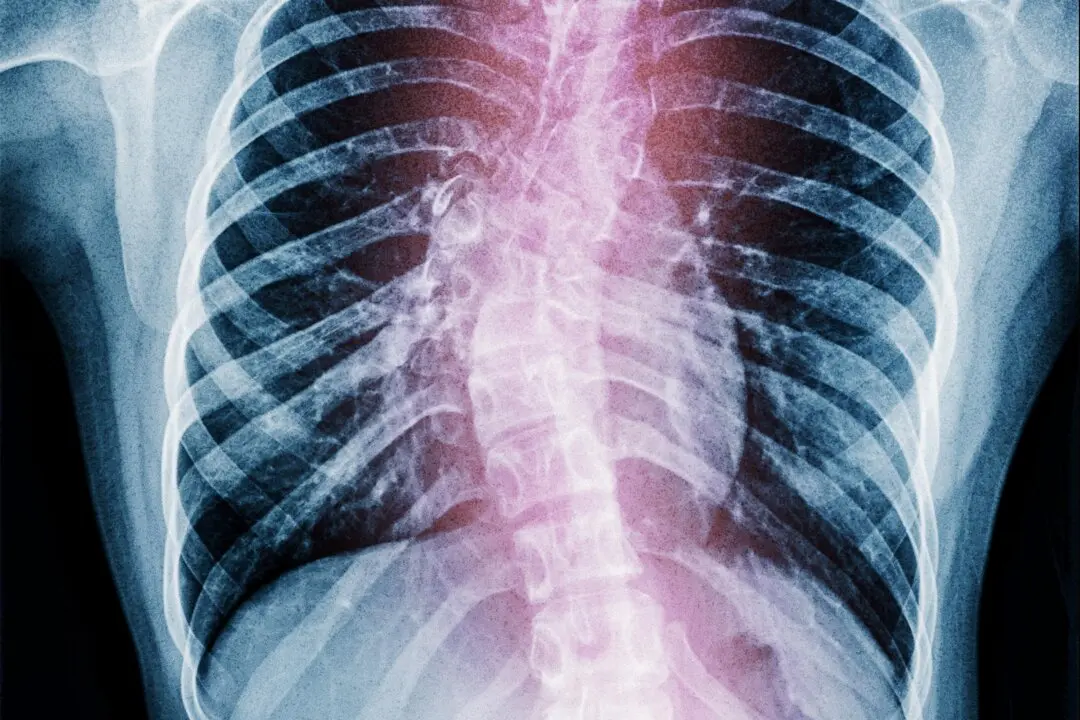Breast cancer is becoming the commonest cancer affecting females in the world. It accounted for 12.5 percent of cancers diagnosed in 2020 according to World Cancer Research Fund International. Knowing about breast masses and their treatment can be part of prevention before a mass becomes cancerous, doctors suggest.
An “Overview of Cancers in Hong Kong” report from the Hong Kong Hospital Authority (pdf) shows that breast cancer accounts for 27.4 percent of all diagnosed cancers in females. There were 4,761 cases in 2019, which is quadruple the 1,152 diagnosed in 1993.





